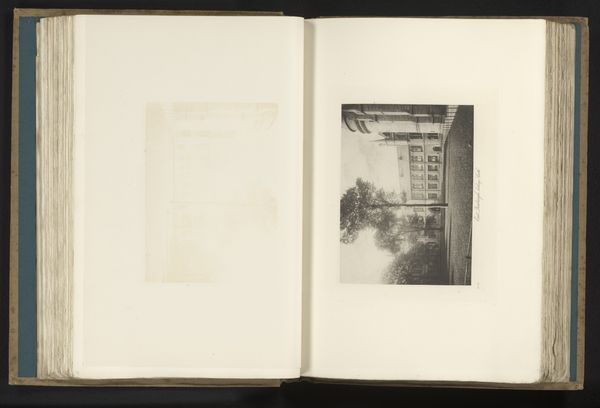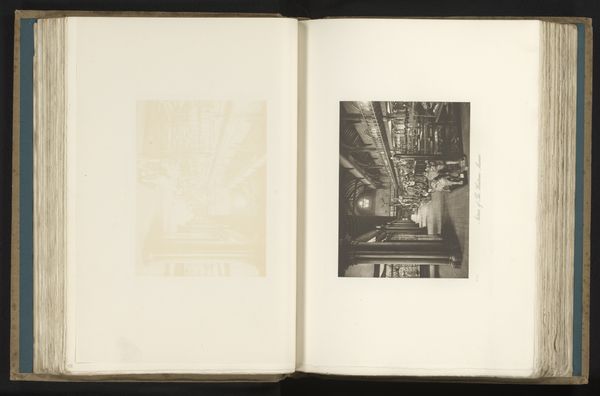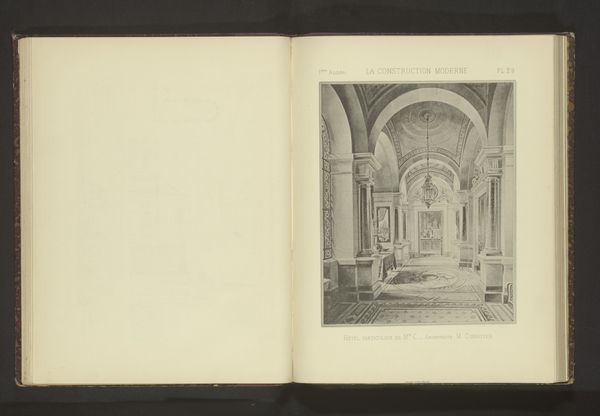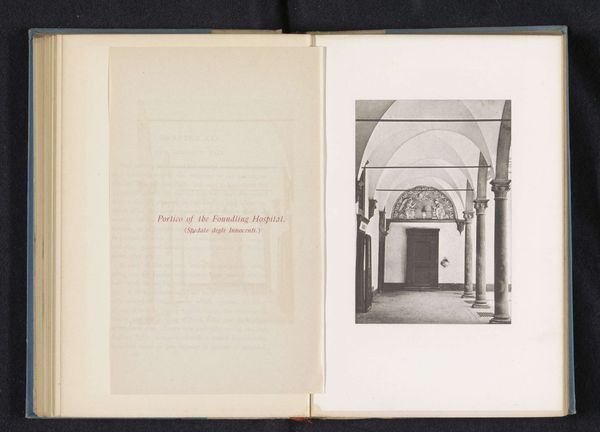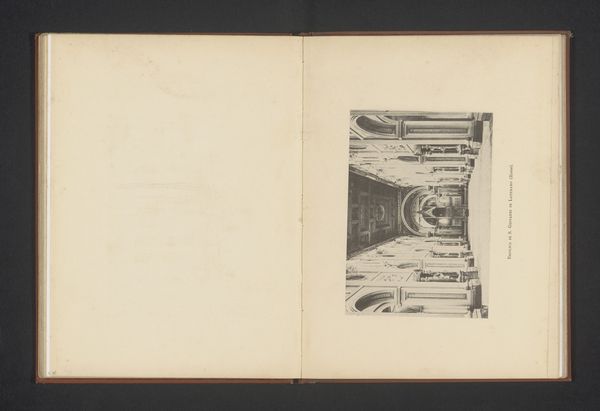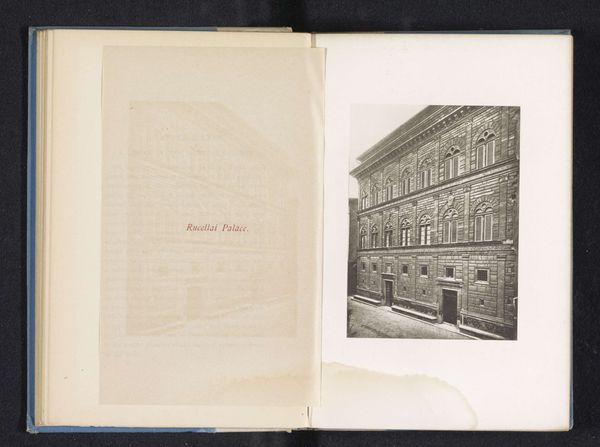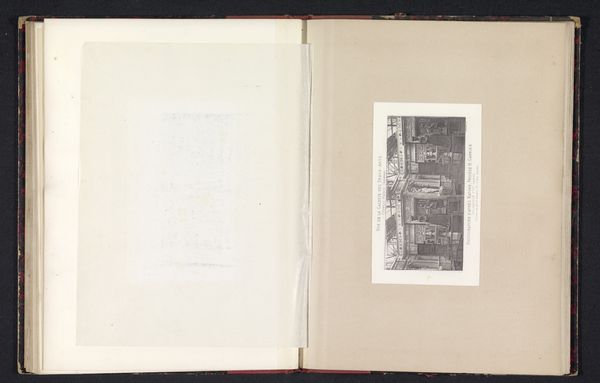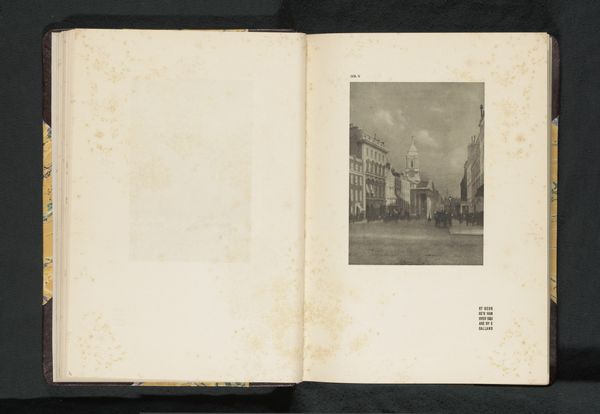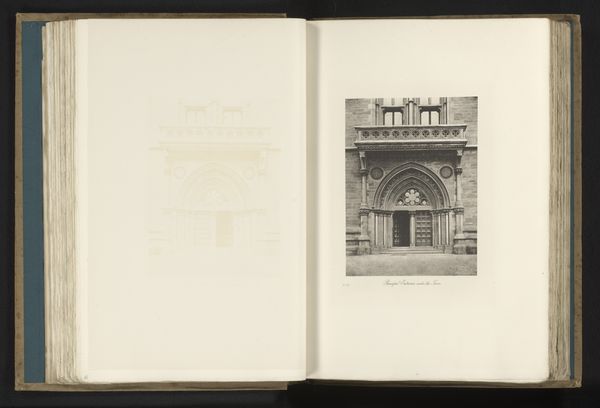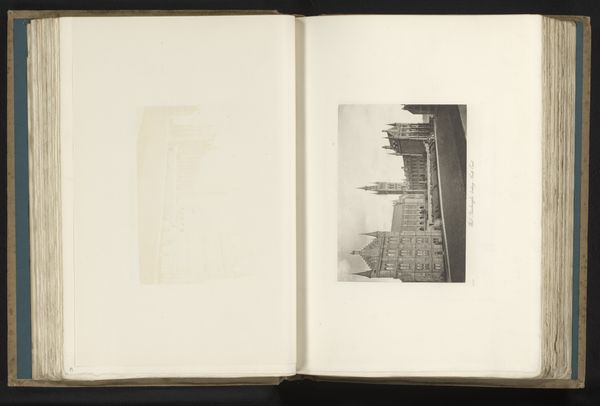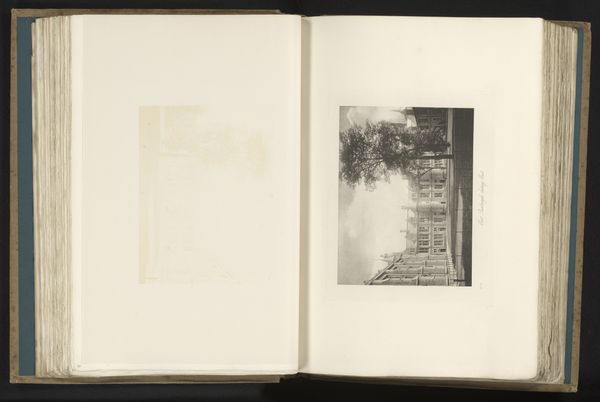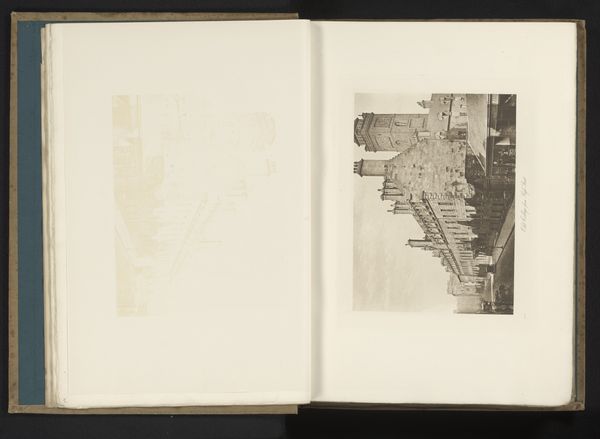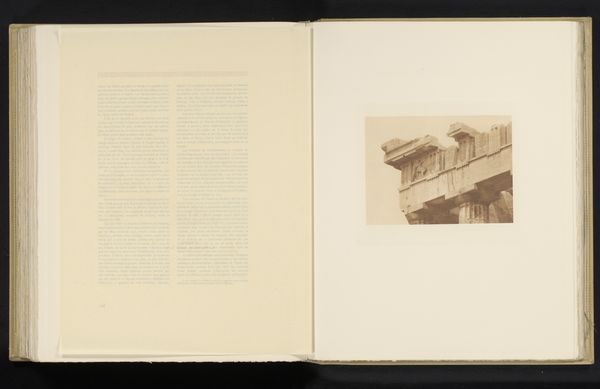
print, etching, engraving, architecture
# print
#
etching
#
cityscape
#
engraving
#
architecture
#
realism
Dimensions: height 187 mm, width 135 mm
Copyright: Rijks Museum: Open Domain
Curator: I’m struck by the palpable weight and permanence emanating from this cityscape. Editor: Indeed. What we're viewing is an image entitled "Entree van de Randolph Hall van de universiteit van Glasgow," captured sometime before 1891 by an anonymous artist. It's a compelling etching and engraving printed on a page opposite another related, albeit less distinct image. Curator: Yes, the visual language of architectural grandeur and solemnity speaks volumes about institutional power at the time. What purpose did Randolph Hall serve within the university? Was it accessible to all, or did it embody exclusionary practices related to class, gender, or race? Editor: Randolph Hall likely symbolized more than just education; its imposing presence must have reflected societal hierarchies, shaping perceptions of who belonged and who was excluded from this seat of knowledge. Think of the symbolic weight attached to gateways throughout history. Curator: And the lamppost situated just in front of the hall… I can’t help but consider its presence, beyond its function as illumination. Was it a signifier of progress, modernity, or even surveillance within the space of the university? Editor: Perhaps all of those. Lamplight often acts as a beacon, promising clarity, but its controlled illumination also implicitly defines the limits of what’s deemed worthy of seeing, almost creating an invisible fence. It reflects ideas of order versus the perceived chaos of the night. Curator: Looking at the visual contrast between the precise rendering of the architectural details and the shadows, there’s almost a stage-like quality to it. It evokes a feeling of deliberate self-presentation, particularly when viewing it with contemporary eyes accustomed to institutional critique. How does this relate to power dynamics within academic structures historically? Editor: The dramatic lighting certainly emphasizes an idea of formal presentation. The very stones, arranged with such precision, seem to uphold the rigid order expected from centers of higher learning, making one ponder if the building symbolizes something beyond architectural beauty. Curator: I think examining this piece further will certainly reveal more about the encoded cultural values of that era. Editor: It certainly makes you contemplate the university’s place in both physical and symbolic realms and the long tradition of knowledge-building.
Comments
No comments
Be the first to comment and join the conversation on the ultimate creative platform.
